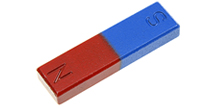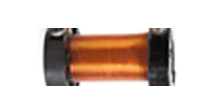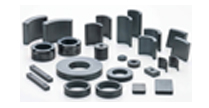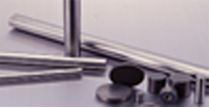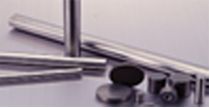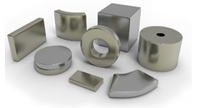What is a magnet?

A magnet is the source substance that generates a bipolar magnetic field with two poles.
It exists a lot around us and attracts magnetic substances, such as iron. When magnets are close together, opposite poles attract while the same poles repel.
When you place a magnet close to another one, they stick together. This is a common fact that even elementary school students know, but many people do not understand why magnets stick together.
The reason why magnets stick together lies in the atom, the minimum unit of every substance. Electrons revolve around the atom and thess electrons' revolution exhibits the force of attraction.
A substance with a unified direction of force of attraction has a magnetic force (force of attraction).
On the other hand, if individual atoms' direction of force of attraction is different from each other, the substance cannot have a magnetic force.
A substance of which atoms have unified direction of force of attraction can be said to have a magnetic force.


